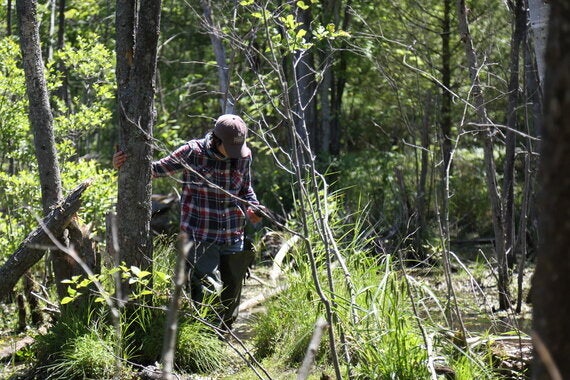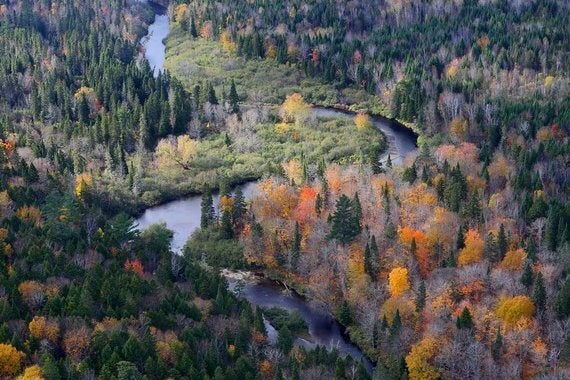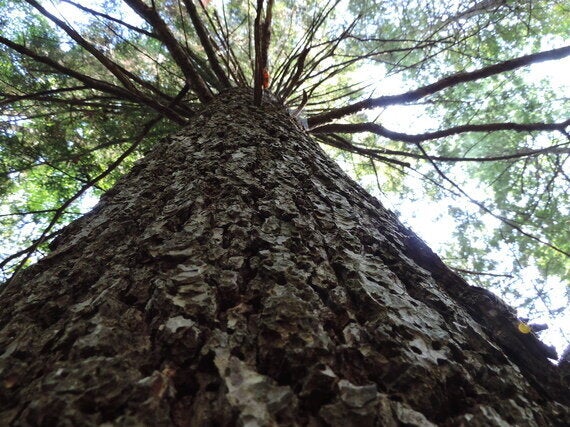
Putting a price tag on nature is challenging. Some people don't believe it can be done. Some people hate the idea of it. Most will have no idea what it means. But there are new and emerging approaches to help us put a price on the services that forests, wetlands and grasslands provide to Canadians. There is also an increasing urgency on why it needs to be done.
Natural capital identifies the services that nature provides to people and puts prices on them. Your local forest, wetland or grassland provides habitat for wildlife, but it also provides additional benefits to you, such as flood control, air purification and carbon storage. When we lose these forests, wetlands or grasslands, we lose the benefit of these services, and someone pays the price. By placing an economic value on the benefits that nature provides to people, natural capital unites economy and ecology and may be our best chance at saving nature.
In a world where the loss of species and habitats has accelerated, something needs to change. We need more protected areas and to help endangered species, but we also need to better incorporate nature into economic decision-making and the thinking of decision-makers.
To make this shift, we can't afford to stand firm on the singular argument that nature is absolutely priceless and beyond the reach of economics. If we want the economy to acknowledge nature conservation, then nature conservation must acknowledge the economy.

The challenge is that traditionally we haven't effectively incorporated nature into important choices about land use and conservation. In fact, traditional economic thinking is an imperfect system when it comes to valuing many of the things that matter most to people. Warblers and grizzly bears would also advocate for a different economic system. But it's the system we have right now.
The problem with current economic tools is that nature is often treated as an externality; a variable that cannot be accounted for. But in a world where we are losing species and ecosystems, we can no longer continue to treat nature as an empty line in the ledger book.
We can use the new tools of natural capital to help fill in that empty line in the ledger book. Even when we use numbers that are incomplete and focus only on a select few services provided to people, the economic contributions of nature's services to our communities and well-being are probably worth more than you think.
In March of 2017, the Nature Conservancy of Canada (NCC) and TD Bank Group (TD) released a report on the natural capital value of conserved forests. This report assigns an economic value to some of the ecological services provided by 11 forests across all forest regions of Canada. Most of these sites were protected through a five-year partnership between NCC and TD. The services that are valued include carbon storage, removal of atmospheric pollution and water purification. The "defensive expenditures" method, which effectively calculates the cost to society of replacing the services provided by forest regions, was used to calculate the value of these services.
So what's a forest worth? The value of the ecological services calculated in the case studies range from $5,800 to $46,000 per hectare per year of ecological services.

The specific valuation depends on the type of forest and where it is located. The ecological services of the maple-dominated forests of NCC's Kenauk property in the Great Lakes - St. Lawrence forest region of Quebec is valued at approximately $20,000 per hectare per year. The lowland boreal forests in eastern Manitoba on the Kurian property have an annual value of $26,800 per hectare, and demonstrate the importance of peatlands in storing and holding carbon. The big trees of Gullchucks Estuary property in BC's coastal forest region provide over $33,000 per hectare of ecological services each year.
NCC and TD Bank protected these forests for their biodiversity values under the TD Forests program. They harbour rare species, they provide important wildlife corridors and they protect dwindling old-growth forest habitats. But they also provide an economic return to local communities by cleaning air and water, and they provide value to everyone by capturing and storing carbon pollution. Remove the forest and those costs are incurred by society, local communities and individuals year after year, forever. Invest in forests and we invest in these services.
Here's Canada's natural capital bottom line: we live in country that has an abundance of natural capital, but that natural capital is eroding, especially in southern Canada where most people live. The pressures on our natural capital are growing because of climate change, habitat loss and invasive species. There is an increasing urgency to reflect on what we want Canada's natural capital endowment to be for our children and beyond. If we all invest a little to protect nature, our collective economy and well-being benefits a lot. Perhaps more importantly, we can pass our natural capital endowment onto future generations of Canadians so they can have access to the same ecosystem services.
It would be great if everyone valued nature with their heart. We all have it in us. We need to keep trying to engage all people in nature, and help them to discover its immeasurable intrinsic values that can bring joy, love, wonder and the values a connection to place can bring. But in the meantime, until we get there, we can apply the tools of economics to better value and protect nature.
This post was written by Dan Kraus in collaboration with Brian DePratto and originally appeared on the Nature Conservancy of Canada's blog,Land Lines.
Follow HuffPost Canada Blogs on Facebook
Also on HuffPost: